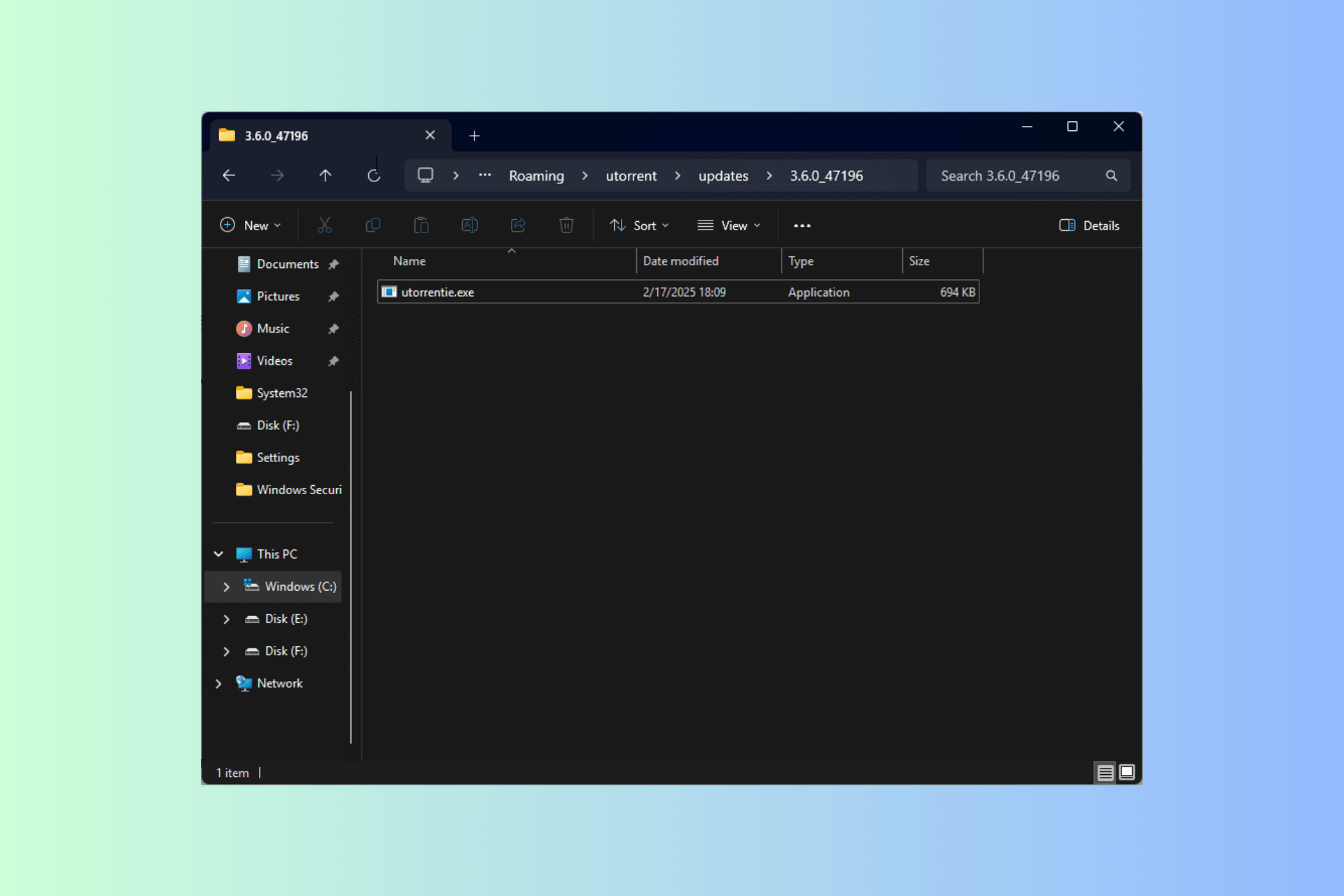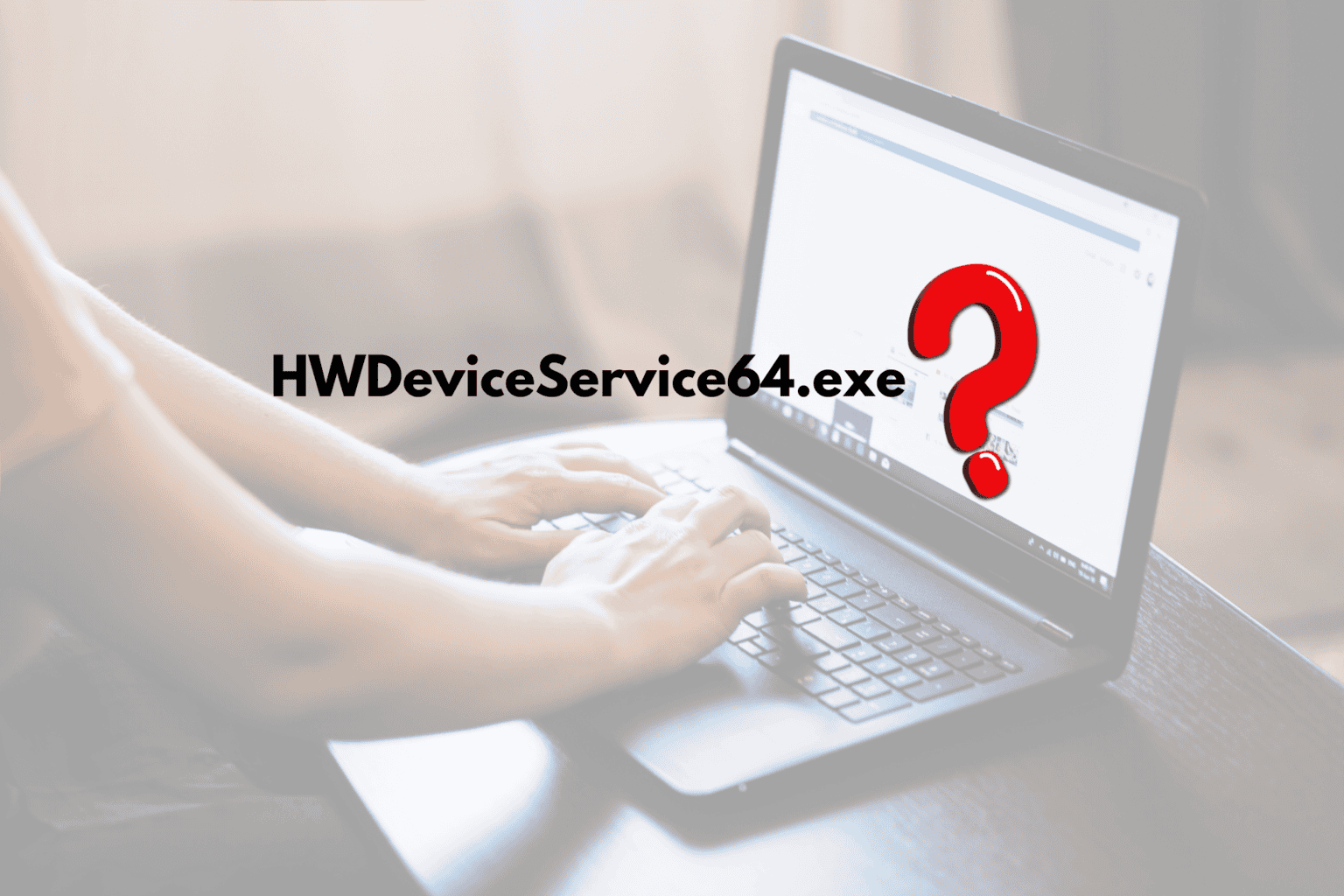OBS Studio Multipass Mode: Everything You Need to Know
Make sure to set up the correct Multipass Mode
4 min. read
Published on
Read our disclosure page to find out how can you help Windows Report sustain the editorial team. Read more

If you’re diving into the world of streaming or recording with OBS (Open Broadcaster Software), you might have come across the term Multipass Mode. This feature, available when using the NVENC encoder, can significantly improve your video quality by optimizing bitrate allocation. Let’s break down what OBS Multipass Mode is and how you can unlock its full potential.
What is OBS Multipass Mode and what is it for?
Multipass mode in OBS (Open Broadcaster Software) is a feature available when using the NVENC encoder. This mode allows the encoding process to be performed in two passes rather than one, optimizing the allocation of bitrate to different parts of the video for improved quality.
1. What are the available Multipass Modes?
Single Pass Mode
In single pass mode, the encoder estimates the required QP (Quantization Parameter) for each macroblock and encodes it immediately.
This mode is faster and consumes fewer resources, making it suitable for real-time streaming where encoding speed is critical. Using single pass mode is beneficial when you prioritize speed over encoding efficiency. It ensures that your streams are processed quickly, which is crucial during live broadcasts to avoid lag.
Two-Pass Quarter ResolutionDescription
In the first pass, the encoder runs at a quarter resolution to capture larger motion vectors as hints for the second pass. In the second pass, the encoder uses these hints to optimally distribute bits across the frame.
This mode offers an optimal trade-off between quality and performance and is generally recommended for most users. Two-pass quarter resolution mode helps in achieving better video quality without putting too much stress on your GPU. It’s ideal for situations where you want a balance between quality and performance.
Two-Pass Full ResolutionDescription
The first pass runs at full resolution to gather detailed statistics for the second pass, which then uses this data to achieve optimal bitrate distribution across the frame. This mode provides the highest quality at the cost of more GPU resources and time.
Choosing the two-pass full resolution mode is best when the utmost video quality is needed, and you have sufficient GPU resources to handle the extra load. This mode ensures the highest possible fidelity for your streams or recordings.
2. Setting up Multipass in OBS
- Click on the Settings button located in the lower right corner of the OBS main window.
- In the settings window, go to the Output tab.
- Ensure that the Output Mode is set to Advanced to access the detailed encoder settings.
- Under the Streaming or Recording section, select the NVENC encoder from the Encoder dropdown menu.
- Find the Multipass Mode dropdown and choose your preferred option (Single Pass, Two-Pass Quarter Resolution, or Two-Pass Full Resolution).
Setting up multipass mode allows you to tailor your streaming or recording for better quality and performance based on your hardware capabilities and requirements.
3. Testing and adjusting for optimal performance
- Start a test recording or stream using the selected Multipass Mode settings.
- Use Task Manager (Ctrl + Shift + Esc) or a monitoring tool to check the GPU and CPU load during the test.
- After the test, review the recording or stream playback to assess the video quality.
- If you notice performance issues or unsatisfactory video quality, tweak the Multipass Mode or other encoder settings accordingly.
Testing and adjusting your settings ensures that you achieve the best possible balance between video quality and system performance.
Using the Multipass Mode in OBS can significantly enhance your streaming or recording quality, providing flexibility to match your specific needs and hardware capabilities.
If you’ve set up the Multipass Mode, you might also be interested in how to add a timer to OBS Studio or make OBS only record game audio, so don’t miss these guides.
You should also know that not all video cards allow you to use the Multipass Mode. For any NVENC errors, hit the highlighted link for fixes.








User forum
0 messages